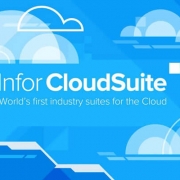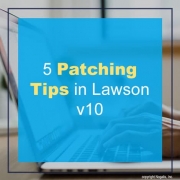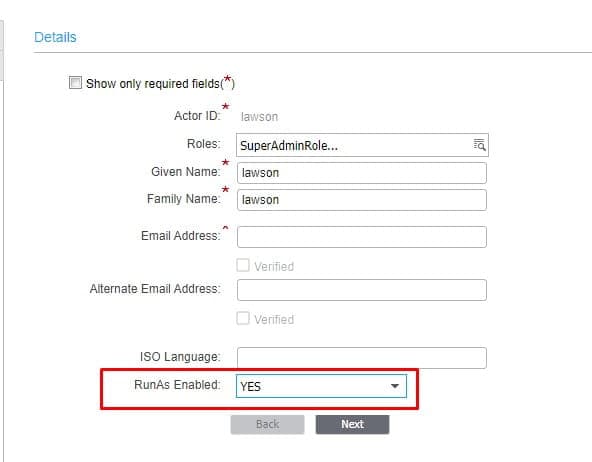Follow these steps to edit the domain name on the ADFS instance:
Update the Domain Name
- Open the ADFS Management application from the ADFS server.
- On the right, select “Edit Federation Service Properties”.
- Change the Federation service name and identifier to reflect the new domain name.
Regenerate the Token Certificates
- Open a PowerShell session on the ADFS Server
- Run “Update-ADFSCertificate”, which will generate a new token-decrypting and token-signing certificate.
- The old certificate will remain primary on the instance and cannot be deleted until a new primary is selected.
- In PowerShell, run the command “set-ADFSProperties -AutoCertificateRollover $false”
- Now you can right-click the secondary (new) certificates and set them as primary.
- Delete the old certificates.
- Reset the rollover option in PowerShell: “set-ADFSProperties -AutoCertificateRollover $true”
Deploy the new Server Certificate
- Get the Thumbprint value on the new certificate for the new domain.
- In PowerShell, run command “set-ADFSSslCertificate -thumbprint <value you saved in step 11>”
- Bounce the ADFS service
Your ADFS domain/URL has been updated!













